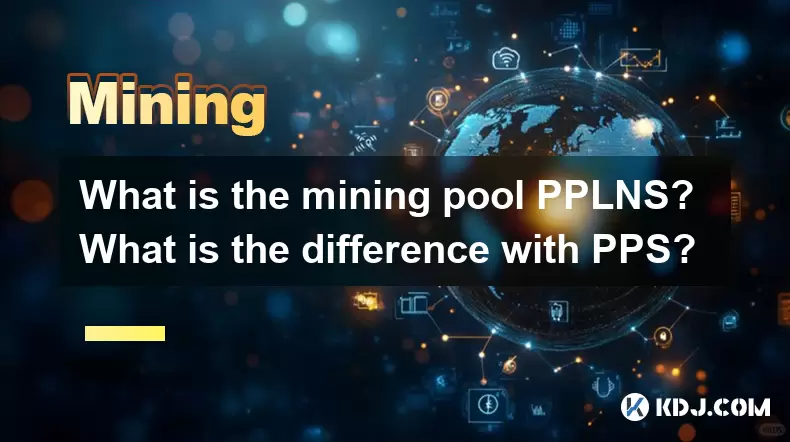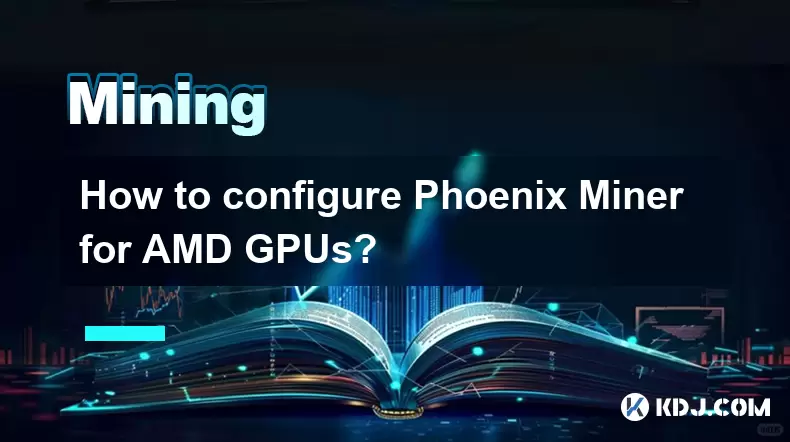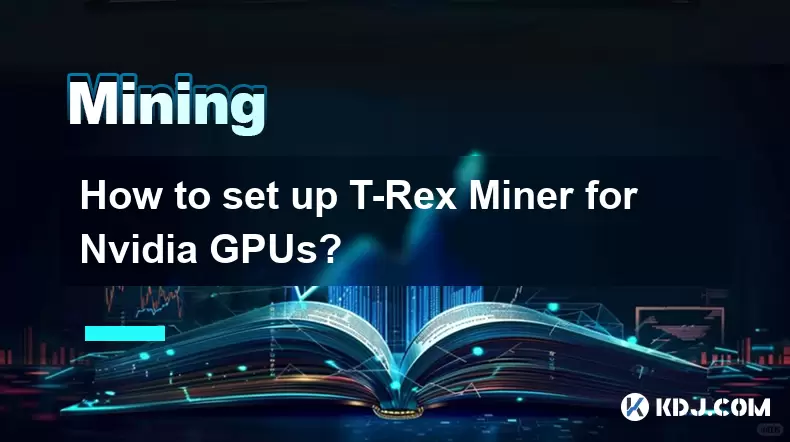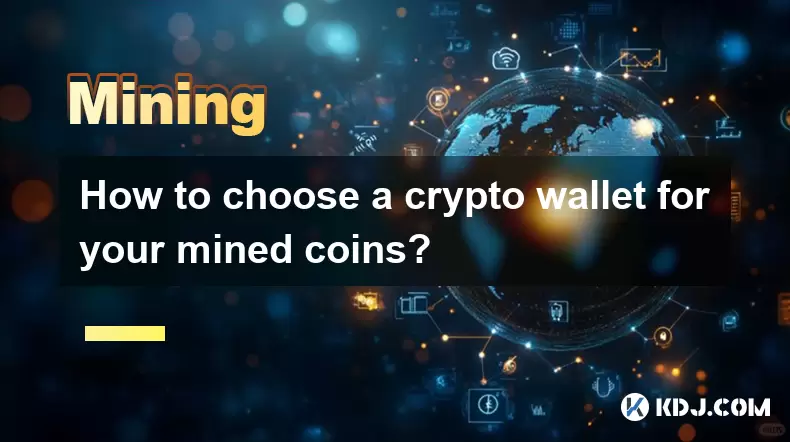-
 Bitcoin
Bitcoin $118200
-2.76% -
 Ethereum
Ethereum $4549
-3.53% -
 XRP
XRP $3.082
-5.55% -
 Tether USDt
Tether USDt $1.000
0.04% -
 BNB
BNB $840.1
0.07% -
 Solana
Solana $194.3
-2.22% -
 USDC
USDC $0.9998
0.00% -
 TRON
TRON $0.3591
-0.42% -
 Dogecoin
Dogecoin $0.2244
-7.13% -
 Cardano
Cardano $0.9017
3.20% -
 Hyperliquid
Hyperliquid $45.67
-2.41% -
 Chainlink
Chainlink $22.42
-5.44% -
 Stellar
Stellar $0.4253
-5.34% -
 Sui
Sui $3.756
-5.44% -
 Bitcoin Cash
Bitcoin Cash $590.7
-3.14% -
 Ethena USDe
Ethena USDe $1.001
0.00% -
 Hedera
Hedera $0.2493
-5.03% -
 Avalanche
Avalanche $23.66
-5.49% -
 Litecoin
Litecoin $121.5
-5.92% -
 Toncoin
Toncoin $3.421
-2.13% -
 UNUS SED LEO
UNUS SED LEO $9.276
0.30% -
 Shiba Inu
Shiba Inu $0.00001288
-6.44% -
 Uniswap
Uniswap $10.91
-8.59% -
 Polkadot
Polkadot $4.001
-4.71% -
 OKB
OKB $94.33
-9.04% -
 Dai
Dai $0.9998
-0.01% -
 Bitget Token
Bitget Token $4.549
-4.76% -
 Cronos
Cronos $0.1521
-7.71% -
 Ethena
Ethena $0.7361
-4.28% -
 Aave
Aave $312.0
-3.90%
What is the mining pool PPLNS? What is the difference with PPS?
Mining pools use PPLNS to reward miners based on recent shares, encouraging loyalty, while PPS offers a fixed payment per share for more predictable income.
May 15, 2025 at 09:35 am

Introduction to Mining Pools
In the world of cryptocurrency, mining pools are collaborative groups where miners combine their computational resources to increase their chances of solving the cryptographic puzzles required to validate transactions and add them to the blockchain. By working together, miners in a pool can share the rewards based on the contribution of their computing power. Two popular reward distribution methods used by mining pools are Pay Per Last N Shares (PPLNS) and Pay Per Share (PPS). Understanding the nuances between these methods is crucial for miners looking to maximize their earnings.
What is PPLNS?
Pay Per Last N Shares (PPLNS) is a reward distribution method where miners are paid based on the number of shares they contributed to the pool before a block is found. The key aspect of PPLNS is that it considers a certain number of the most recent shares submitted by miners when a block is discovered. This number, "N," is predetermined by the pool and can vary.
In PPLNS, the reward for a block is distributed among the miners who submitted shares within the last "N" shares before the block was found. This method aims to encourage miners to remain loyal to the pool, as their potential earnings increase the longer they mine with the pool. If a miner leaves the pool and returns later, they will not benefit from the shares they contributed before their absence.
How PPLNS Works
To understand how PPLNS operates, consider the following steps:
- Submission of Shares: Miners submit shares to the pool, which are partial proofs of work that do not solve the entire cryptographic puzzle but demonstrate the miner's effort.
- Block Discovery: When the pool collectively solves the puzzle and finds a block, the reward is calculated.
- Reward Distribution: The pool looks at the last "N" shares submitted before the block was found. The reward is then distributed proportionally among the miners who contributed those shares.
For example, if the pool sets "N" at 10,000 shares, and a miner contributed 100 shares out of those 10,000, they would receive 1% of the block reward if they were the only miner to submit those shares.
Advantages and Disadvantages of PPLNS
Advantages of PPLNS include:
- Encourages Loyalty: Miners are incentivized to stay with the pool longer, as their share of the reward increases over time.
- Fairness: Rewards are distributed based on actual contributions, which can be seen as more equitable.
Disadvantages of PPLNS include:
- Variance in Earnings: Miners may experience higher variance in their earnings, as the reward depends on when a block is found relative to their share submissions.
- Less Predictable Income: Due to the nature of PPLNS, miners may find it harder to predict their income compared to other methods.
What is PPS?
Pay Per Share (PPS) is another reward distribution method where miners are paid a fixed amount for each share they submit to the pool, regardless of when a block is found. In PPS, the pool operator takes on the risk of block variance and pays miners a set rate per share.
Under PPS, miners receive a steady income for their efforts, as they are paid for each share they submit, not contingent on the pool finding a block. This method is favored by miners who prefer a more predictable income stream.
How PPS Works
The operational mechanics of PPS can be broken down as follows:
- Share Submission: Miners submit shares to the pool, similar to PPLNS.
- Fixed Payment per Share: The pool pays miners a predetermined amount for each valid share they submit.
- Pool Operator Risk: The pool operator absorbs the risk of not finding a block and still pays miners based on their submitted shares.
For instance, if the pool agrees to pay 0.0001 BTC per share, a miner submitting 1,000 shares would receive 0.1 BTC, regardless of whether the pool found a block during that period.
Advantages and Disadvantages of PPS
Advantages of PPS include:
- Predictable Income: Miners can more accurately predict their earnings, as they are paid per share submitted.
- Lower Variance: The income stream is more stable, reducing the impact of block discovery variance on miners' earnings.
Disadvantages of PPS include:
- Pool Operator Risk: The pool operator bears the risk of block variance, which may lead to higher fees for miners.
- Potential for Lower Overall Earnings: If the pool's luck is poor and it finds fewer blocks than expected, miners may earn less overall compared to other methods.
Key Differences Between PPLNS and PPS
The primary differences between PPLNS and PPS lie in their reward distribution mechanisms and the impact on miners' income predictability:
- Reward Calculation: PPLNS rewards miners based on their contribution to the last "N" shares before a block is found, while PPS pays miners a fixed amount per share submitted.
- Income Predictability: PPS offers more predictable income, as miners are paid for each share, whereas PPLNS can lead to higher variance in earnings.
- Risk Distribution: In PPLNS, miners share the risk of block variance, while in PPS, the pool operator absorbs this risk.
- Miner Loyalty: PPLNS encourages longer-term participation in the pool, as miners' potential rewards increase over time, whereas PPS does not directly incentivize loyalty.
Choosing Between PPLNS and PPS
When deciding between PPLNS and PPS, miners should consider their risk tolerance and income stability preferences. PPLNS may be suitable for miners who are willing to accept higher variance in their earnings in exchange for potentially higher rewards over time. On the other hand, PPS might be preferable for miners who prioritize a steady and predictable income stream, even if it might mean slightly lower overall earnings.
Frequently Asked Questions
Q: Can a mining pool switch between PPLNS and PPS reward systems?
A: Yes, some mining pools offer the flexibility to switch between different reward systems. This decision is typically made by the pool operator and can be influenced by factors such as the pool's overall performance, the preferences of its miners, and market conditions.
Q: How do transaction fees factor into PPLNS and PPS reward distributions?
A: In both PPLNS and PPS, transaction fees are typically included in the total block reward. For PPLNS, these fees are distributed among the miners who contributed to the last "N" shares. In PPS, the fees are absorbed by the pool operator, who then pays miners the agreed-upon rate per share.
Q: Are there any other reward systems besides PPLNS and PPS?
A: Yes, there are other reward systems such as Proportional, Score, and PPS+. Each has its unique method of distributing rewards, and miners should research these options to find the one that best suits their needs.
Q: How does the size of the mining pool affect the choice between PPLNS and PPS?
A: The size of the mining pool can influence the choice between PPLNS and PPS. Larger pools might find it easier to manage the risk associated with PPS due to their greater resources and more consistent block discovery rates. Smaller pools might prefer PPLNS to encourage miner loyalty and reduce the financial risk borne by the pool operator.
Disclaimer:info@kdj.com
The information provided is not trading advice. kdj.com does not assume any responsibility for any investments made based on the information provided in this article. Cryptocurrencies are highly volatile and it is highly recommended that you invest with caution after thorough research!
If you believe that the content used on this website infringes your copyright, please contact us immediately (info@kdj.com) and we will delete it promptly.
- Kazakhstan's Crypto Leap: Bitcoin ETF and Central Asia's Digital Finance Future
- 2025-08-13 12:45:19
- BlockDAG Presale Blazes Past $371M: Fundraising Frenzy Fuels Crypto Sensation
- 2025-08-13 13:05:21
- Meme Coins: Chasing the 2025 Surge – Which Will Moonshot?
- 2025-08-13 10:25:23
- Bitcoin's Wild Ride: Rally, Pullback, and What's Next
- 2025-08-13 10:25:23
- Bitcoin, Bitmax, and Institutional Demand: A New Era of Crypto Investment
- 2025-08-13 10:45:12
- Solana, ROAM, and Airdrops: What's the Buzz in 2025?
- 2025-08-13 11:35:13
Related knowledge

How to configure Phoenix Miner for AMD GPUs?
Aug 11,2025 at 03:21am
Understanding Phoenix Miner and Its Compatibility with AMD GPUsPhoenix Miner is a lightweight, high-performance Ethereum mining software designed for ...

How to set up T-Rex Miner for Nvidia GPUs?
Aug 10,2025 at 12:07am
Understanding T-Rex Miner and Its Compatibility with Nvidia GPUsT-Rex Miner is a high-performance mining software designed specifically for Nvidia GPU...

What is "proof-of-work" and how does it relate to mining?
Aug 07,2025 at 02:03pm
Understanding the Concept of Proof-of-WorkProof-of-work (PoW) is a consensus mechanism used in blockchain networks to validate transactions and secure...

How to choose a crypto wallet for your mined coins?
Aug 13,2025 at 11:36am
Understanding the Types of Crypto Wallets for Mined CoinsWhen selecting a crypto wallet for your mined coins, the first step is to understand the diff...

What are the differences between mining on Windows vs. Linux?
Aug 06,2025 at 11:29pm
Overview of Cryptocurrency Mining PlatformsCryptocurrency mining involves using computational power to solve complex cryptographic puzzles and validat...

How to use an old computer for cryptocurrency mining?
Aug 07,2025 at 12:42pm
Understanding the Feasibility of Using an Old Computer for MiningUsing an old computer for cryptocurrency mining may seem outdated, but it is still te...

How to configure Phoenix Miner for AMD GPUs?
Aug 11,2025 at 03:21am
Understanding Phoenix Miner and Its Compatibility with AMD GPUsPhoenix Miner is a lightweight, high-performance Ethereum mining software designed for ...

How to set up T-Rex Miner for Nvidia GPUs?
Aug 10,2025 at 12:07am
Understanding T-Rex Miner and Its Compatibility with Nvidia GPUsT-Rex Miner is a high-performance mining software designed specifically for Nvidia GPU...

What is "proof-of-work" and how does it relate to mining?
Aug 07,2025 at 02:03pm
Understanding the Concept of Proof-of-WorkProof-of-work (PoW) is a consensus mechanism used in blockchain networks to validate transactions and secure...

How to choose a crypto wallet for your mined coins?
Aug 13,2025 at 11:36am
Understanding the Types of Crypto Wallets for Mined CoinsWhen selecting a crypto wallet for your mined coins, the first step is to understand the diff...

What are the differences between mining on Windows vs. Linux?
Aug 06,2025 at 11:29pm
Overview of Cryptocurrency Mining PlatformsCryptocurrency mining involves using computational power to solve complex cryptographic puzzles and validat...

How to use an old computer for cryptocurrency mining?
Aug 07,2025 at 12:42pm
Understanding the Feasibility of Using an Old Computer for MiningUsing an old computer for cryptocurrency mining may seem outdated, but it is still te...
See all articles

























































































